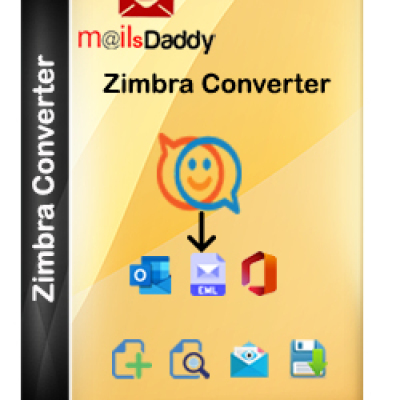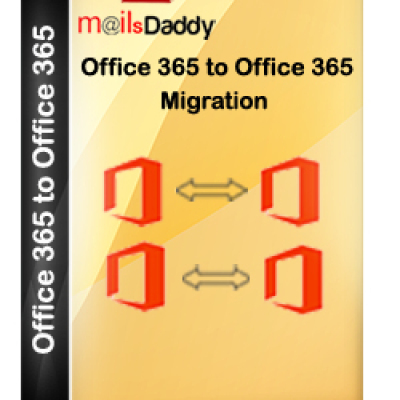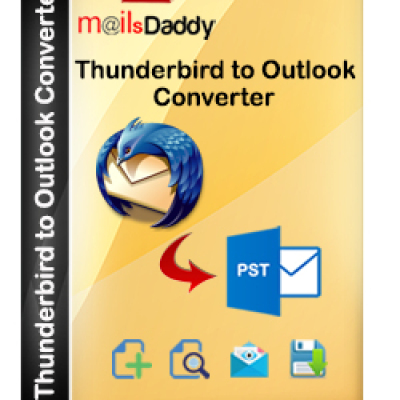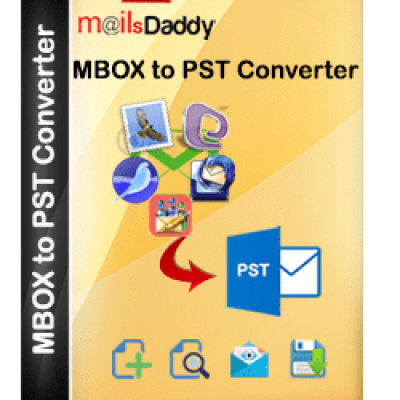Certainly! Chapter 7 of "Introduction to GRASS GIS" explores the realm of geospatial data visualization and cartography. This chapter delves into the various techniques and tools available in GRASS GIS for creating visually compelling and informative maps.
The chapter begins by introducing readers to the importance of cartography and the role it plays in effectively communicating geospatial information. It explains the principles of map design, including color selection, symbolization, and layout. Readers will gain an understanding of how to create visually appealing maps that accurately represent geospatial data.
Next, the book covers the various methods available in GRASS GIS for visualizing geospatial data. It explores different types of map displays, including thematic maps, choropleth maps, and graduated symbol maps. Readers will learn how to select appropriate visualization methods based on the characteristics of their data and the intended message.
The chapter also delves into the techniques for enhancing map visuals in GRASS GIS. It covers topics such as labeling, annotation, and map composition. Readers will learn how to add labels, titles, and legends to their maps, as well as how to arrange multiple map elements within a layout.
Furthermore, the chapter explores the advanced cartographic capabilities of GRASS GIS. It explains how to create interactive web maps, perform 3D visualization, and generate animations. Readers will understand how to leverage these advanced techniques to engage and communicate with their audience effectively.
To facilitate learning and practice, the chapter includes hands-on exercises that guide readers through various cartographic tasks. These exercises allow readers to apply the techniques discussed and gain practical experience in creating visually appealing maps using GRASS GIS.
By the end of Chapter 7, readers will have a solid understanding of the fundamentals of geospatial data visualization and cartography in GRASS GIS. They will be equipped with the knowledge and skills to create visually compelling maps that effectively communicate geospatial information. This knowledge will enable readers to present their findings and insights in a clear and visually appealing manner using GRASS GIS.
Мне нравится
Комментарий
Перепост









